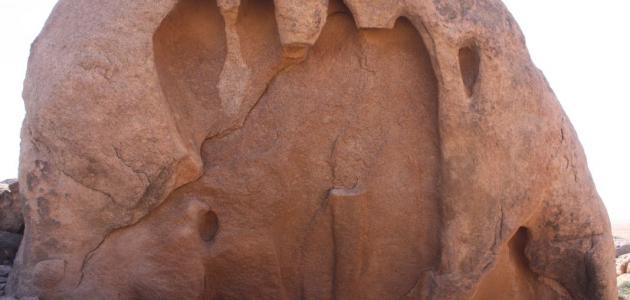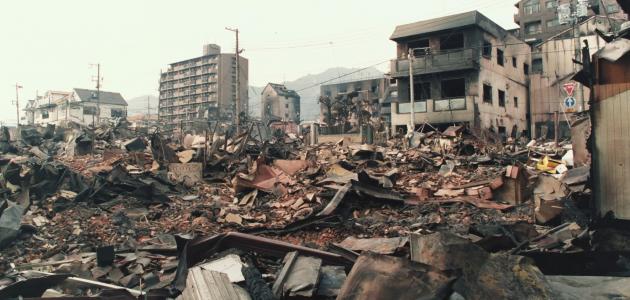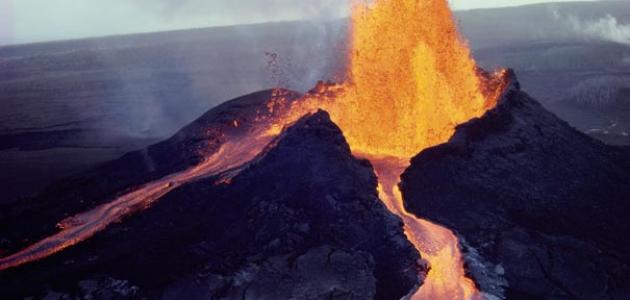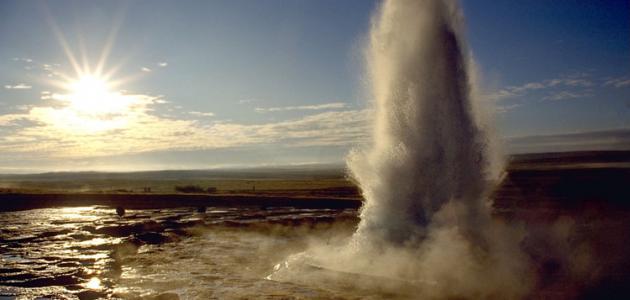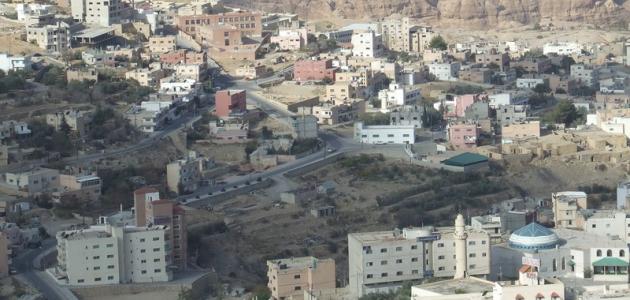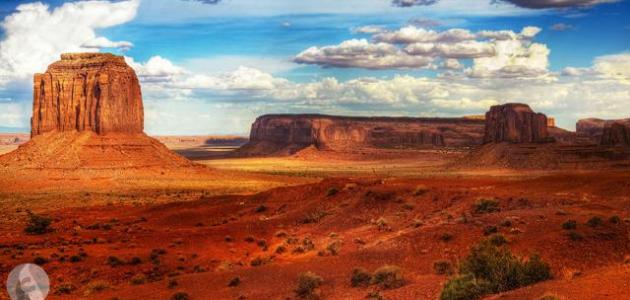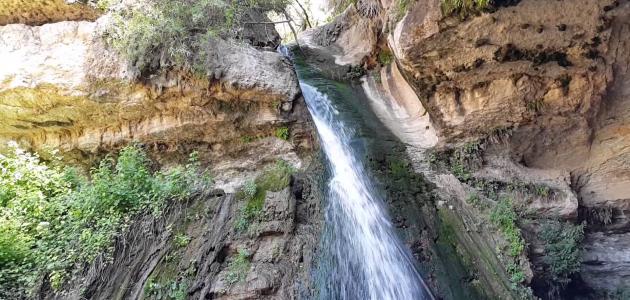Stripping
Erosion is the process of erosion, which is one of the processes that occur in nature, and results in the disintegration of rocks from the soil on the surface of the Earth, and works to change their location and move them from one place to another. The process of erosion contributes to causing changes in the topography and features of the Earth’s surface by dismantling mountains. And fragmenting them, burying and backfilling valleys, and hiding or revealing rivers. The duration of these operations usually extends to millions of years, and what most affects the activation of the erosion process is mining.
Stages of erosion
- weathering.
- Sculpting and erosion: During which rocks and minerals are transformed into small fragments, the effect of the erosion process is clearly visible in desert or plant-free areas.
- Transport and deposition: This stage comes after the rocks have completely disintegrated, ready to be transported by wind and running water and deposited in other places.
Erosion
- Ice and water freezing: The effect of ice begins in this process when the water enters the freezing stage, where the frozen water droplets take up a large space between the protrusions and cracks of the rock, until they have the ability to fragment the rocks and dismantle them into particles.
- Thermal expansion: This is a state in which temperatures change to an increase, and it is one of the properties of materials, and it greatly affects erosion.
- Living organisms: The role of living organisms in erosion is that plant roots begin to expand and dig into the rocks.
- Oxidation processes: This process occurs when the elements of the Earth's crust combine with oxygen.
- Wind: Successive wind gusts affect rocks by eroding them and moving them from one place to another.
- Earth movement: The Earth's daily movement helps in erosion by exposing objects moving on its surface to deflection, such as water currents and winds.
- gravity.
- Running water.
Effects of erosion
Natural processes leave both negative and positive effects, so the effect of erosion is as follows:
Read also:Manifestations of desertification- Positive effects:
- Helping with soil formation.
- Formation of fertile soil resulting from its deposition and accumulation at river mouths.
- Stunning geological formations.
- Negative effects:
- Soil erosion.
- Threatening food sources by robbing the topsoil and transporting it from agricultural lands.
- Blocking irrigation canals and ponds due to drifting soil.
- Depletion of fertilizers from agricultural lands.
- Fields are destroyed by gullies created by water flow.
Erosion control
Humans can control and influence the erosion process, even though it is a natural process, by plowing, clearing, and cultivating the lands, given that plants play a role in reducing soil erosion and protecting it, due to their ability to stabilize the soil and prevent it from erosion and erosion. Farmers may resort to some modern methods to reduce the impact of erosion factors on the soil by leaving some residues on the outer layer of the soil.
Read also:How a volcano erupts